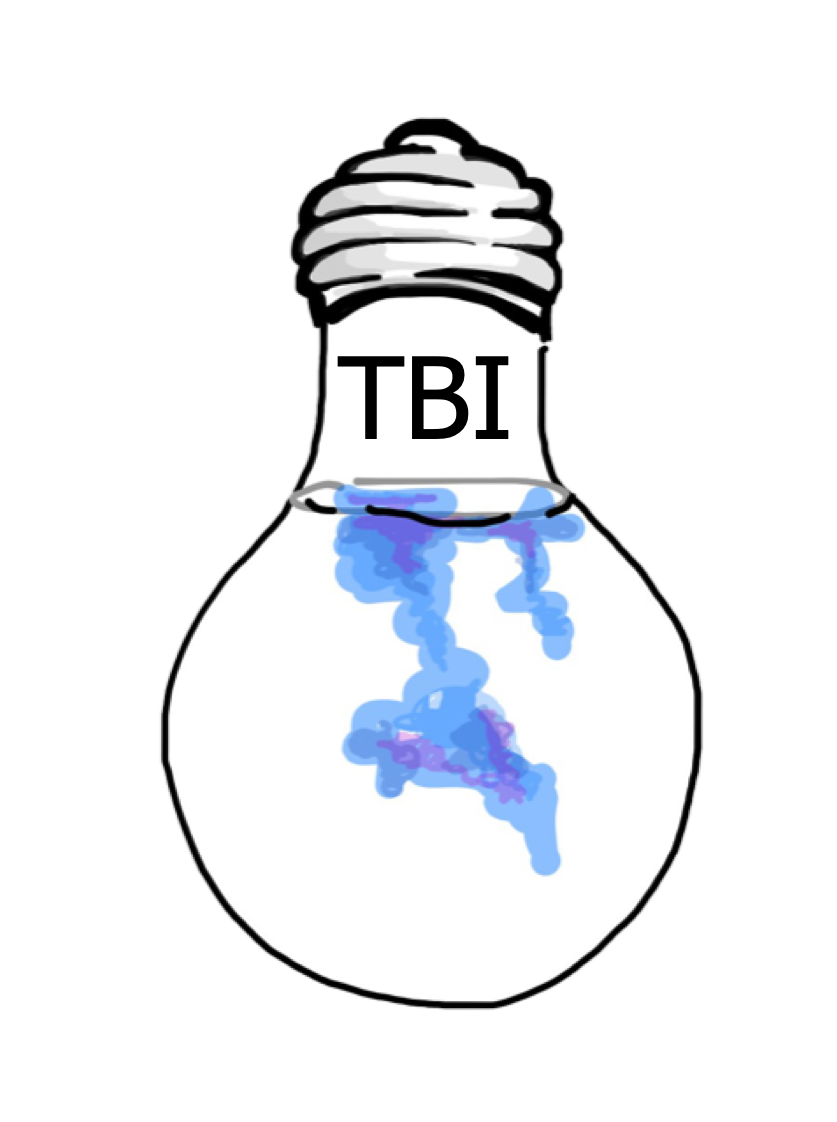Close to Practice Professional Learning
Is your professional learning close-to-practice? Schools and districts would do well to consider this question for each investment they make in professional development activities for both teachers and administrators.
To further illustrate, consider the following continuum of professional learning activities.
Activity that is “far from practice” seldom penetrates the classroom to influence teaching and learning. Research consistently demonstrates that we can’t improve teaching and learning by relying on generic coursework and materials, single episodes of training, or even complex assessment and evaluation systems. And yet, so much of what we propose, debate, and measure in education fits this description. These activities can be useful resources to support the improvement process, but they ultimately stop short of the classroom and leave teachers to independently navigate implementation and improvement efforts.
Conversely, activity that is “close-to-practice” meets four critical requirements:
(a) Involves deep study and understanding of specific curriculum;
(b) Focuses on highly relevant, day-to-day work and pressing instructional issues;
(c) Hinges on deliberate study of the relationship between teaching and learning;
(d) Is sustained over time and embedded into teachers’ regular routines of planning, teaching, and reflection.
These types of improvement activity hold ecological validity: engaging teachers in analysis of “key complexities–curriculum, student characteristics, materials, and physical environment…that must be taken into account as we try to improve classroom teaching” (Stigler & Hiebert, 1999, p. 122).
Japanese lesson study and other forms of collaborative teacher inquiry provide useful examples.
They also require significant support and resources and often take years to scale and develop. Less resource intensive learning opportunities play an important role as well, such as simulated teaching exercises and video analysis tasks to practice classroom decision-making. These closer-to-practice models can help teachers deepen knowledge and judgment but still remain supplementary to job-embedded, sustained, close-to-practice forms of continual improvement.
With such important outcomes at stake and such limited resources available for schools, the question of proximity-to-practice should be front-and-center for policymakers, district officials, and school leaders. Teachers, parents, and students deserve nothing less.
To learn more about close-to-practice professional learning, check out our new book, Teaching Better: Igniting and Sustaining and Instructional Improvement.
References:
Ermeling, B.A. & Graff-Ermeling. G. (2016). Teaching better: Igniting and sustaining instructional improvement. Thousand Oaks, CA: Corwin.
Ermeling, B. A., & Gallimore, R. (2014/2015). Close to practice learning. From the December 2014/January 2015 online version of Educational Leadership, 72(4). Alexandria, VA: ASCD. ©2014 by ASCD. Adapted with permission.
Stigler, J., & Hiebert, J. (1999). The teaching gap: Best ideas from the world’s teachers for improving education in the classroom. New York: Free Press.

